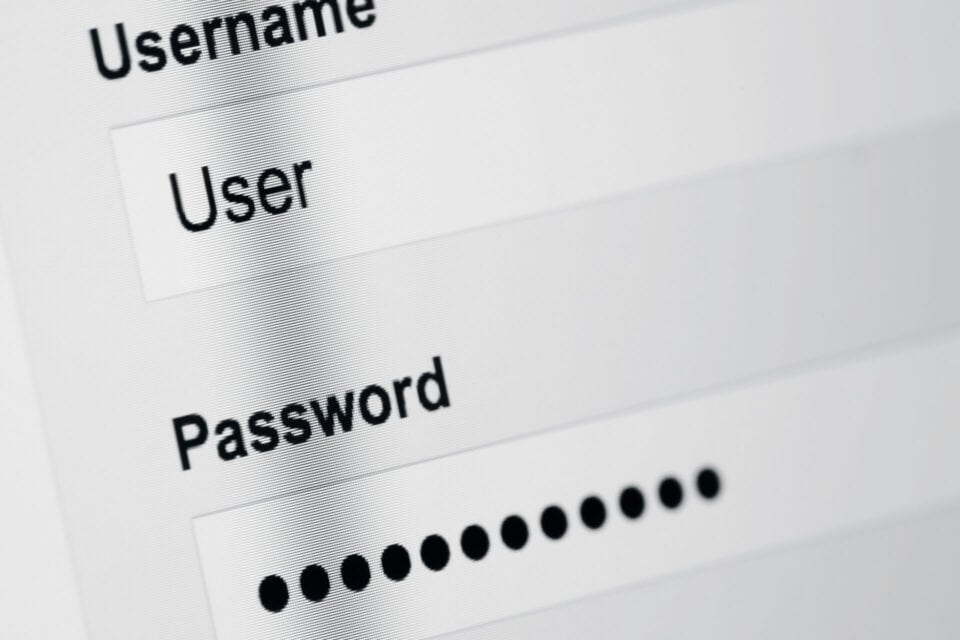You might assume that because you have a well built website that everything is secure and you don’t have anything to worry about. The truth however, is that the reality could be very different.
And it could be costing you money.
The internet is a continuously growing and changing entity, which means that if you are hoping to have a successful business online, you’ll have to keep up with the latest and greatest, or you’ll be left in the dirt.

Ch-Ch-Changes
The biggest changes coming to the internet and how we use it are basically in security. If you’ve spent any real time navigating the web, you’ve probably noticed that some websites display a green padlock, and some don’t. Most often you’ve probably seen it on stores that you visit for online shopping.

Other sites don’t have it, but they don’t have any problems, so you don’t think about it.
Well, that’s all changing, and it’s happening right now.
In an effort to make the internet a safer place for everyone involved, businesses and consumers alike, Google is making the push to “encourage” websites to move from http:// to https://.
What does that mean exactly? Stay tuned.
Left out in the Cold
Imagine you have a pretty popular website, and you’re getting around 500 visitors a day. That’s great for your small business, and life is good.
Then one day you notice that it suddenly drops to about 200 visitors a day. there’s no apparent reason for it, everything is still working the way it should be. There are no errors on the website, there’s no problem with the payment processor, and you’re still paying for ads, so what’s the deal?
Then you notice that next to your domain name, there’s a big red triangle that looks something like this.

Your website has been flagged as “Not Secure”, and possibly dangerous. You’ve lost a lot of visitors and you may not even be able to get them back.
How much do you think you’ve lost in revenue because of this?
It sounds like a nightmare, but it’s actually reality.
What is this technical stuff?
It can be confusing, so here’s the most basic way to break it down.
SSL – Secure Socket Layer. This is basically a fancy encryption protocol that helps keep communications over a computer network (the internet) more secure.
HTTPS – Hypertext Transfer Protocol Secure. This is how we communicate on the internet. It sends data over computer networks to a desired destination (usually web pages) and does so in a way where that data is encrypted and free from outside tampering. The main version of this it HTTP, which is the regular, insecure version.
So why the change?
Basically, Google decided that the internet should be a safer place. Too much sensitive data floats throughout the internet, and there was no real reason as to why it shouldn’t be secure. And this was back in 2014.
Everything we do is on the internet now. Of course, if you shop online your data is pretty well covered. But what about when you want more information? How many times in a day do you enter your name, email, and/or phone number on a site so you can get something? The push to a more secure internet means that even your regular data is more protected.
What happens if I don’t want an SSL?
If you don’t want an SSL then be prepared to lose a majority of your visitor traffic. As of October 2017, Google started rolling out the https implementation in their Chrome browser, meaning that any site not secured properly with an SSL (yes, you can have an SSL and not be secure) will show an icon warning visitors. This will drive them away from you website and to someone else.
The other thing is that Google is going to actively “shame” websites that aren’t secure. Your website will eventually stop showing up in search results to make room for those who take security seriously. And if that happens, you’re going to spend a lot of time and money trying to rebuild your traffic.
So what do I do?
Talk to your web developer about getting set up with an SSL certificate and having your website completely optimized for it.
If you need someone to handle it for you, WebInke Design is more than ready to help. We’ve already rolled out the upgrade for the majority of our clients, and we can do it with little to no impact on your website’s day to day operation.
Call us at 310.294.9962 or email us at info@webinke.design to get more information and options.



